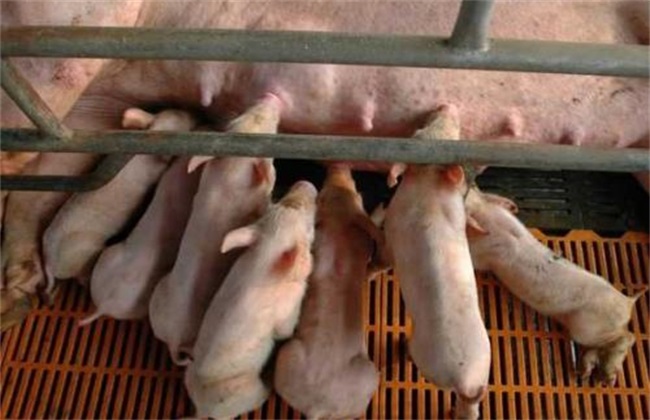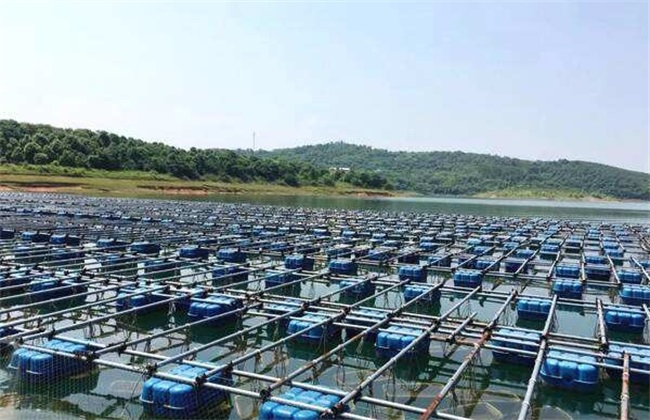Breeding Technology of Small Tail Han Sheep
Small-tailed Han sheep is a common sheep breed in China, and it is also a kind of sheep breed with meat and fur. It has a variety of advantages, such as fast growth rate, precocious maturity, strong reproductive ability and stable genetic performance. So now the breeding area in our country is very large, so if we want to raise small-tailed Han sheep, how should we do it? The following editor brings you the breeding technology of small-tailed Han sheep, let's have a look!

1. Variety selection
If you want to raise small-tailed Han sheep, the first choice of breed is very critical. An excellent breed directly determines the success of breeding small-tailed Han sheep. We can judge whether it is a pure and excellent breed by observing the body shape of small-tailed Han sheep. When choosing a breed, we should observe whether it has the characteristics of sheep body length, tall, strong limbs, short fat tail, wide buttocks and narrow chest. If it has these characteristics, it will basically be an excellent variety. If you need to choose underage lambs, then pay attention to the characteristics of whether the limbs are high or not.
2. Sheep barn environment
After selecting the breed, the construction of the sheep shed is also very important. If the sheep house is to maintain a dry, sunny leeward, it is best to build it into a warm ring in a plastic greenhouse with a height of about 150 centimeters. According to the number of breeding to control the area, to ensure that each sheep covers an area of about one square meter. The enclosure should also have the characteristics of warm in winter and cool in summer and strong permeability. Before raising, it is necessary to carry out a comprehensive and thorough disinfection of the inside and outside of the sheep house, the floor and the walls. And in the process of breeding, we should often clean the sheep shed and keep a clean ground.
3. Scientific feeding
When raising small-tailed Han sheep, we should pay attention to understand the growth characteristics and living habits of small-tailed Han sheep, and should not feed a single feed for a long time. Because the growth rate of small-tailed Han sheep is very fast, especially when it enters the breeding period. Therefore, the proportion of nutrients in the feed is very important to ensure that there is a nutritionally comprehensive feed in order to allow its normal growth and development. Also pay attention to the time, because the small-tailed Han sheep grazing performance is not very strong, so grazing should not be far away. If the grazing conditions are good, you can graze more, but never let the sheep walk too fast and too fast.
4. Feeding and management
When raising small-tailed Han sheep, we should do a good job of raising small-tailed Han sheep in groups according to the size of small-tailed Han sheep, which is beneficial to the management and fattening of sheep. And do a good job of sheep epidemic prevention in accordance with the procedure. Always wipe the small-tailed Han sheep to keep their skin clean. It is also necessary to often observe the eating and activity of small-tailed Han sheep, and isolate them in time for treatment if they are abnormal. At the same time, it is necessary to control the temperature of the sheep house, do a good job of auxiliary breeding of small-tailed Han sheep and keep the sheep house dry, so as to create a good growth environment for small-tailed Han sheep.
The above is a brief introduction to the breeding technology of small-tailed Han sheep. That's all for today's introduction. This article is for reference only. I hope it can help you all.
Related
- On the eggshell is a badge full of pride. British Poultry Egg Market and Consumer observation
- British study: 72% of Britons are willing to buy native eggs raised by insects
- Guidelines for friendly egg production revised the increase of space in chicken sheds can not be forced to change feathers and lay eggs.
- Risk of delay in customs clearance Australia suspends lobster exports to China
- Pig semen-the Vector of virus Transmission (4)
- Pig semen-the Vector of virus Transmission (3)
- Five common causes of difficult control of classical swine fever in clinic and their countermeasures
- Foot-and-mouth disease is the most effective way to prevent it!
- PED is the number one killer of piglets and has to be guarded against in autumn and winter.
- What is "yellow fat pig"? Have you ever heard the pig collector talk about "yellow fat pig"?



